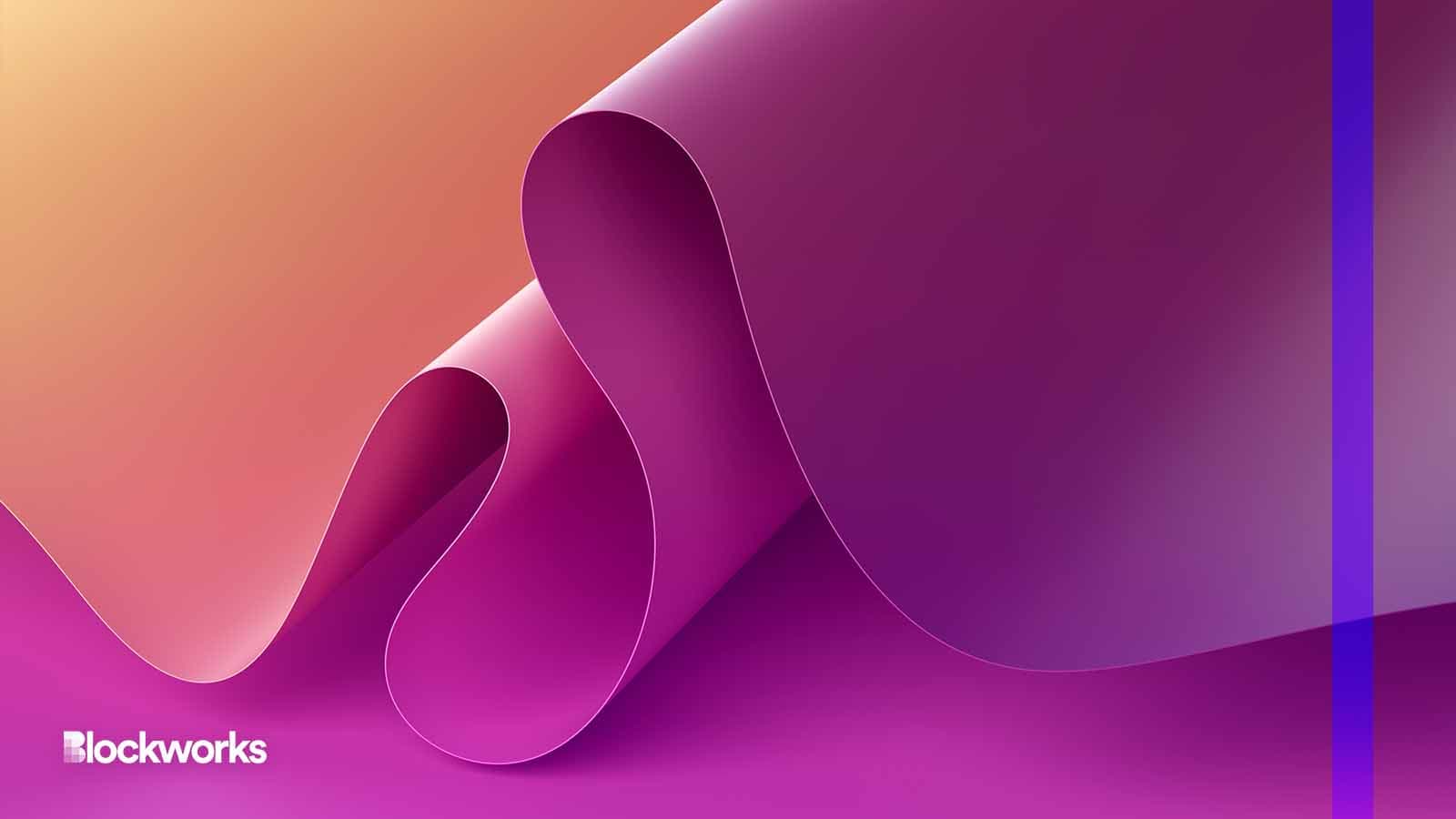Tracking Zero-Knowledge Rollups on Ethereum
ZkSync has seen the most amount of activity since deploying on Ethereum

wacomka/Shutterstock modified by Blockworks
Zero-knowledge rollup technology projects have been making headlines lately.
Polygon launched its zkEVM (zero-knowledge Ethereum virtual machine) technology on the Ethereum mainnet just three days after ZkSync Era entered the public eye. Other projects such as Scroll, a zk-rollup technology focused on scaling Ethereum and Starknet, are also gaining traction.
All of these projects, despite their complicated terms, have the same goal — to scale the Ethereum blockchain.
Rollup technology is built on top of an existing blockchain. It is designed to batch or bundle transactions and execute them off chain, ultimately reducing the amount of block space required to make a transaction. This means cheaper gas fees as fixed costs are now shared between the batched user transactions.
Unlike optimistic rollup technology that assumes information in a transaction is accurate, developers have designed zk-rollups so that the technology itself can determine if the information is executed accurately without disclosing the information on the mainnet.
How are the rollups tracking?
Zk-rollup technology is still very much in its infancy, and iterations are still being made to the tech although it is now publicly available to users.
Arbitrum and Optimism still hold the majority of user funds, and their ecosystems boast the two most popular optimistic rollups. Arbitrum secures almost 67% of the market share and Optimism secures a little over 20%, information on L2Beat shows.
Of the different zk-rollup technologies, zkSync has seen the most adoption, with an estimated $244 million bridged onto the layer-2. Of this, roughly $117 million has been deployed onto DeFi contracts on the layer-2, according to information from DeFiLlama.
By comparison, its competitors Starknet and Polygon’s zkEVm have seen roughly $37 million and almost $5 million bridged, respectively.
ZkSync Era now has 22 protocols deployed on-chain, and Polygon’s zkEVM has 10 — its latest being the decentralized exchange Uniswap.
Zk-rollup technology is still very new, and ongoing audits and iterations to ensure the safety and security of these layer-2s are still being made. Blockworks Research recently published a research report offering a deep dive into the future of zk-rollup technology and how it may impact Ethereum moving forward.
Get the news in your inbox. Explore Blockworks newsletters:
- The Breakdown: Decoding crypto and the markets. Daily.
- 0xResearch: Alpha in your inbox. Think like an analyst.






